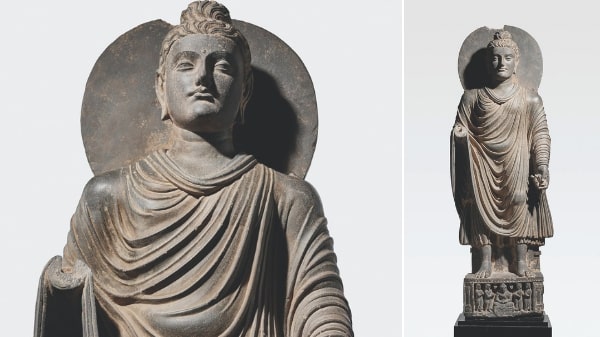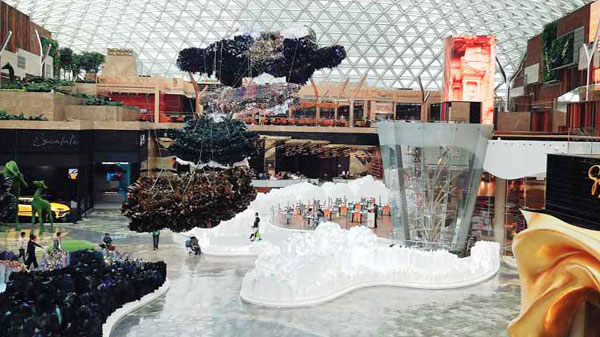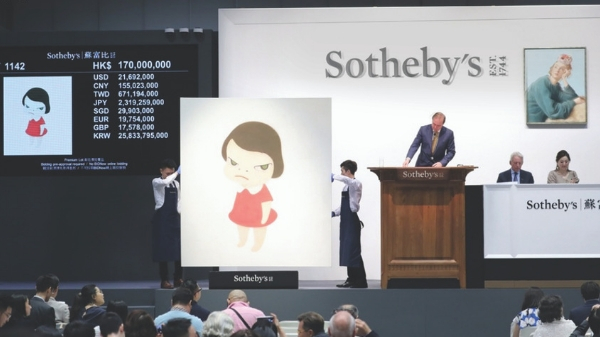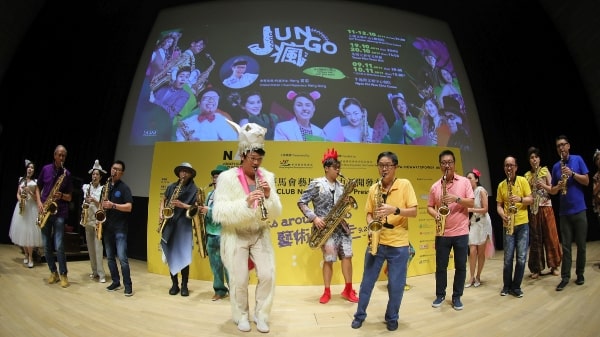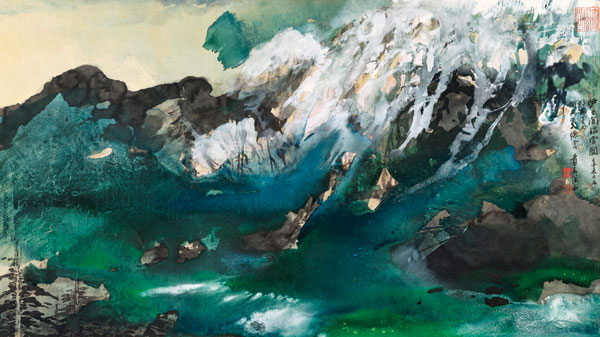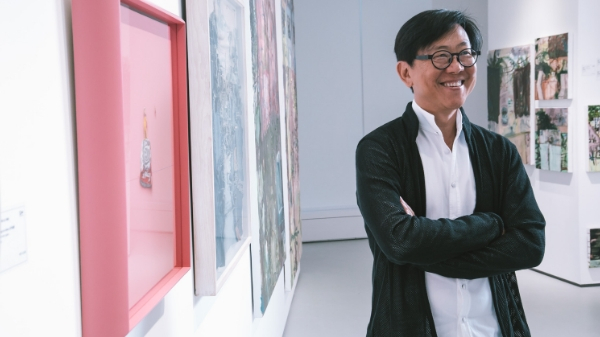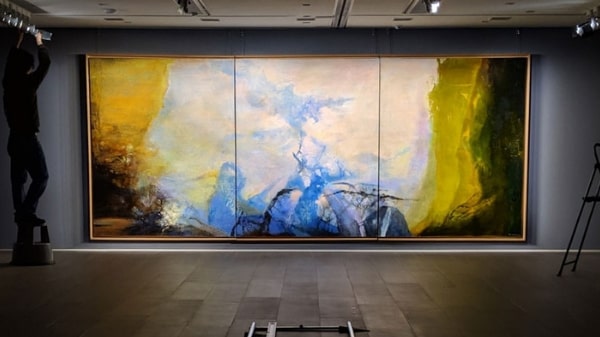Art and hospitality converge in epic style at MGM Cotai just in time for the festive season. Living up to its promise of being a truly world-class fully integrated resort, MGM Cotai has redefined the ‘hotel’ experience altogether, bringing haute couture, gourmet cuisine, art installations and collectibles all under one roof. And, of course, what a stunning roof that is… apparently, the largest free-span gridshell glazed roof in the world and a Guinness record-holder, the natural lights filtering through the roof at all times make the entertainment zone a veritable wonderland, bringing to life the gardenscape installation in the area aptly called The Spectacle.

If that’s not enough, guests can discover the joy of art exhibits in almost every nook and corner of the common areas, starting from the reception at the lobby where a huge painting titled Dancing Light 2016 by Hsiao Chin, one of the early pioneers of 20th century Chinese abstract art, hangs over the reception desk. Moving on to the Emerald Lobby, one encounters Alchemist, the disruptive artwork by creative maverick Cai Guo-Qiang, who uses gunpowder explosion to build art out of destruction. Other manifestations of contemporary art can be found at every turn, such as the Harmony (2017) installation by cross-media artist Wang Kaifang who has used 3D printing and 24-carat gold leaf to capture the movement of silk in air as a rather fitting abode for haute couturier Guo Pei’s fashion store in the hotel.
While the hotel team has carefully curated contemporary art from across the globe, that’s not to say that the treasure trove of ancient art has been overlooked. So, leading the art collection are 28 Chinese imperial carpets dating from the Qing Dynasty that once adorned the Forbidden City in Beijing. Replete with dragons, flowers and other potent motifs, the carpets give us a glimpse into the lives and times of the bygone royals.

Moving on to matters more modern, the hospitality team at MGM Cotai has surmised – quite correctly – that there is no better way to appease patrons than through the art of food. So, the restaurants take forward the concept of creativity through their culinary efforts. Most noteworthy among these is, of course, Coast, helmed by celebrity chef Graham Elliot, the popular TV personality from cooking show Top Chef, that offers Californian and West Coast cuisine.
However, no visit to MGM Cotai can be complete without experiencing the culinary delights within Grill 58. With its menu designed by the three-Michelin-starred chef Mauro Colagreco, it is a meatophile’s delight with a wide range of premium cuts and aged meats. While chef Colagreco wasn’t available during our tasting, his understudy Chef Pio proved to be as able behind the kitchen counter as he was before it. A true performer, he took us through a gastronomical journey, explaining each component of the dishes, their special ingredients and even surprised us with a palate cleanser quite fittingly named Dragon’s Breath. The true standouts of the menu, however, were the red mullet cooked in a bag to retain all its natural aromas and the Wagyu A5 grade beef that was served with pickled onions, wasabi and black truffle. While the meat was deliciously marbled with concentrated flavours, the wasabi and the pickled veggies added a delightful twist when consumed together.

Those who want to opt for a lighter snack should, however, head to Aji, the Nikkei cuisinary within MGM Cotai. Bringing to fruition a fusion of Japanese and Peruvian cuisine is Chef Mitsuharu Tsumura, one of the world’s most acclaimed Nikkei experts in the world. ‘Aji’ – which means ‘taste’ in Japanese and ‘pepper’ in Peruvian – bring together the flavours of the East with the spices of the West to create dishes that are as unique to behold as they are to consume. It is entirely to Chef Tsumara’s credit that not only has he brought authentic Nikkei cuisine to Macau but that he has also completely reinvented bar food in the process. To accompany the cocktails at Aji, guests can expect food that is in no way less than a multi-Michelin-starred fine-dining menu, but at par in all respects, be it in execution or presentation. So, we have the Patacones – deep-fried plantain, tofu and quail egg injected with ponzu sauce that is as sumptuous to look at as it is to eat. Another Instagrammable dish surely was the Amazonian Foie Gras – foie gras mousse with turmeric, Amarillo and apple puree. The paired drinks turned out to be equally delectable, be it the Aji Sour or the Aji-Ha or Peruvian beer, you really can’t go wrong with any of the choices. And that in itself sums up our staycation at MGM Cotai – replete with art and artful living and dining, the integrated resort has taken the fine art of living to another level, one where the whole hotel is transformed to an objet d’art.
Text: Suchetana Mukhopadhyay





